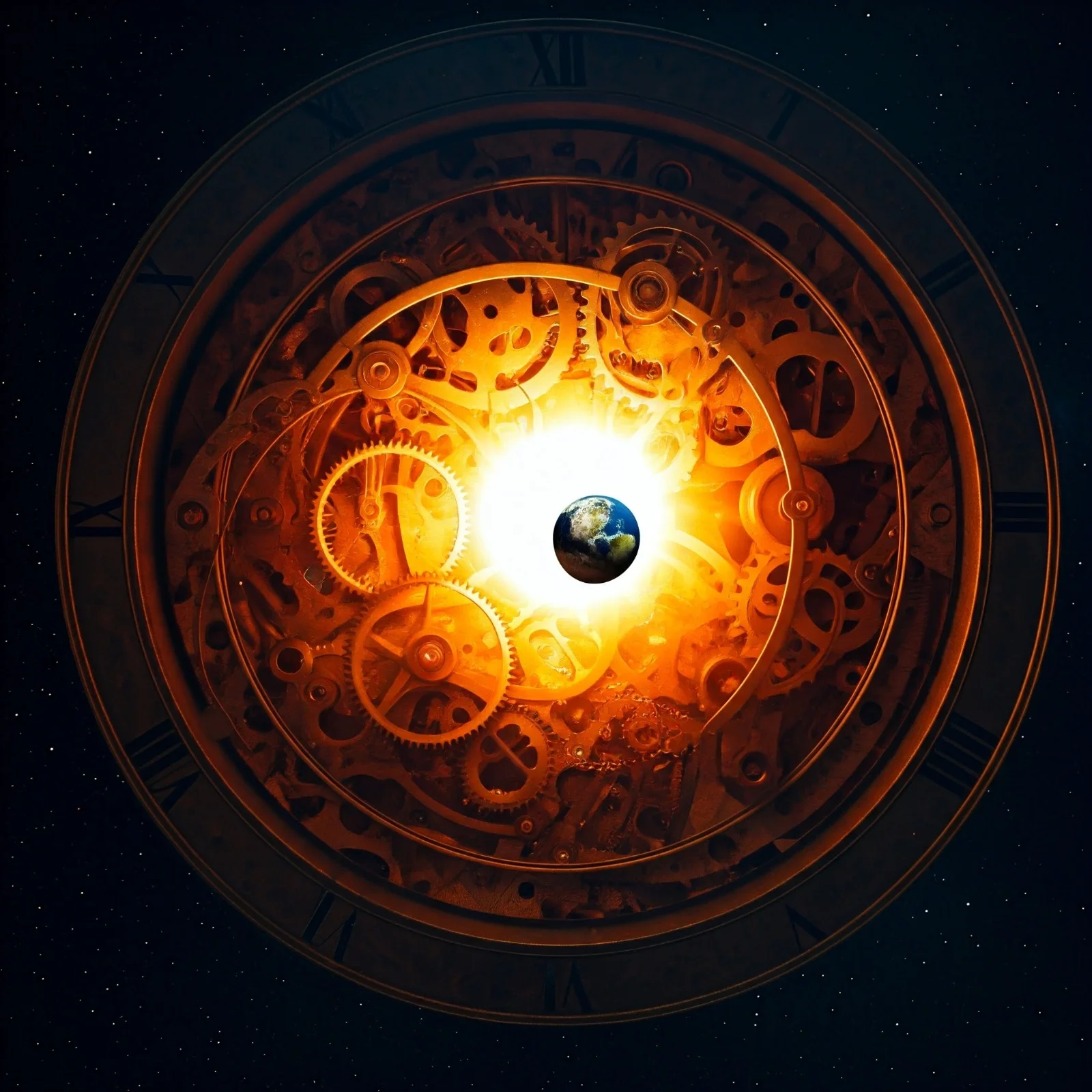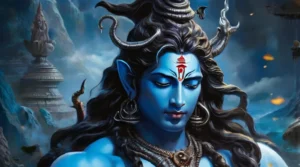Circular Time and the 4 Yugas: An Introduction
The Hindu scriptures talk prominently about circular time.
Time is a concept that was as difficult to develop as it was to understand. The most popular and widely accepted idea about time is linear—what passed before us was the past, and what is yet to come is the future. Time that is once lost cannot be gained back. The past only exists in our memories, and the future exists only in uncertainty.
The great sages of Hinduism have meditated upon the truth and revealed thousands of years ago that time is cyclic. Time repeats itself, which means creation and destruction repeat themselves.
What Is A Yuga?
The word yuga is generally used to denote a period, which holds a set of human values and morals as widely acceptable. Each yuga is made up of a fixed number of years. A complete cycle of creation, preservation, and destruction of the universe is known as a yuga cycle or maha yuga. This concept is the basis of circular time.
It is said that with the passage of each yuga in a mahayuga, the moral and physical state of humans decline. At the end of each mahayuga, it is said that the universe returns to a state beyond existence (into the Brahman), and it is recreated at the beginning of each yuga. The end of the mahayuga is followed by pralaya, a destruction of the universe, after which it returns to its source who is God.
The Divison of Yugas – The Basis of Circular Time
According to Hinduism, there are a total of 4 yugas. They are:
- Satyuga
- Tretayuga
- Dwaparyuga
- Kaliyuga
Manusmiriti, an ancient book for moral codes given by Manu, describes a complete mahayuga made up of 24,000 years for demigods such as Indra, and each half cycle consists of 4 yugas and lasts for 12,000 years for demigods. One mahayuga consists of a total of 8 yugas. The most recent interpretation of Bhagavad Gita describes 1 demigod year to be equal to 360 years of human lifespan.
Order of the Yugas
Yugas occur in a fixed and described order and have a fixed number of years in the ratio of 4:3:2:1 with each other. The following describes the period of the four yugas in human years:
- Kaliyuga is 4,32,000 years long.
- Dwaparyuga is 2 times as long as Kaliyuga, therefore 8,64,000 years long.
- Tretayuga is 3 times as long as Kaliyuga, therefore 12,96,000 years long.
- Satyuga is 4 times as long as Kaliyuga, therefore 17,28,000 years long.
Hinduism describes four pillars that form the foundation of the religion –
- Dharma (truth, righteousness)
- Artha (prosperity, economic values)
- Kama (love, pleasure)
- Moksha (enlightenment, spirituality, liberation).
With the passage of every yuga, the pillars of religion are lost one by one. Once all four pillars of religion are lost, the cycle of yugas starts again.
What Makes the Yugas Different From Each Other?
Yugas are generally marked by the quality of humans as well as incarnations of God. The most central deity widely used to identify the yugas is Lord Vishnu and his Dashavatar (Ten Incarnations of the Divine). Lord Vishnu took several avatars on Earth during various yugas to establish the moral code of that yuga and abolish evil practices. Different sects describe different deities such as the Devi, Lord Ganesha, and the Jain Tirthankas. However, the basic idea remains the same amongst all the sects in Hinduism.
The following shloka in Garuda Purana describes the various avatars of Lord Vishnu in the different yugas:
The name of Hari, coming with the range of hearing, takes away the sins of men.
The Fish, The Tortoise, the Boar, the Lion-Man, the Dwarf, Parshurama, Rama, Krishna, Buddha, and Kalki.
These ten names should always be meditated upon by the wise. Those who recite them near the diseased are called relatives.
Garuda Purana Saroddhara by Navanidhirama (translated by E. Wood and S. V. Subrahmanyam), Chapter VIII, Verses 8, 10–11
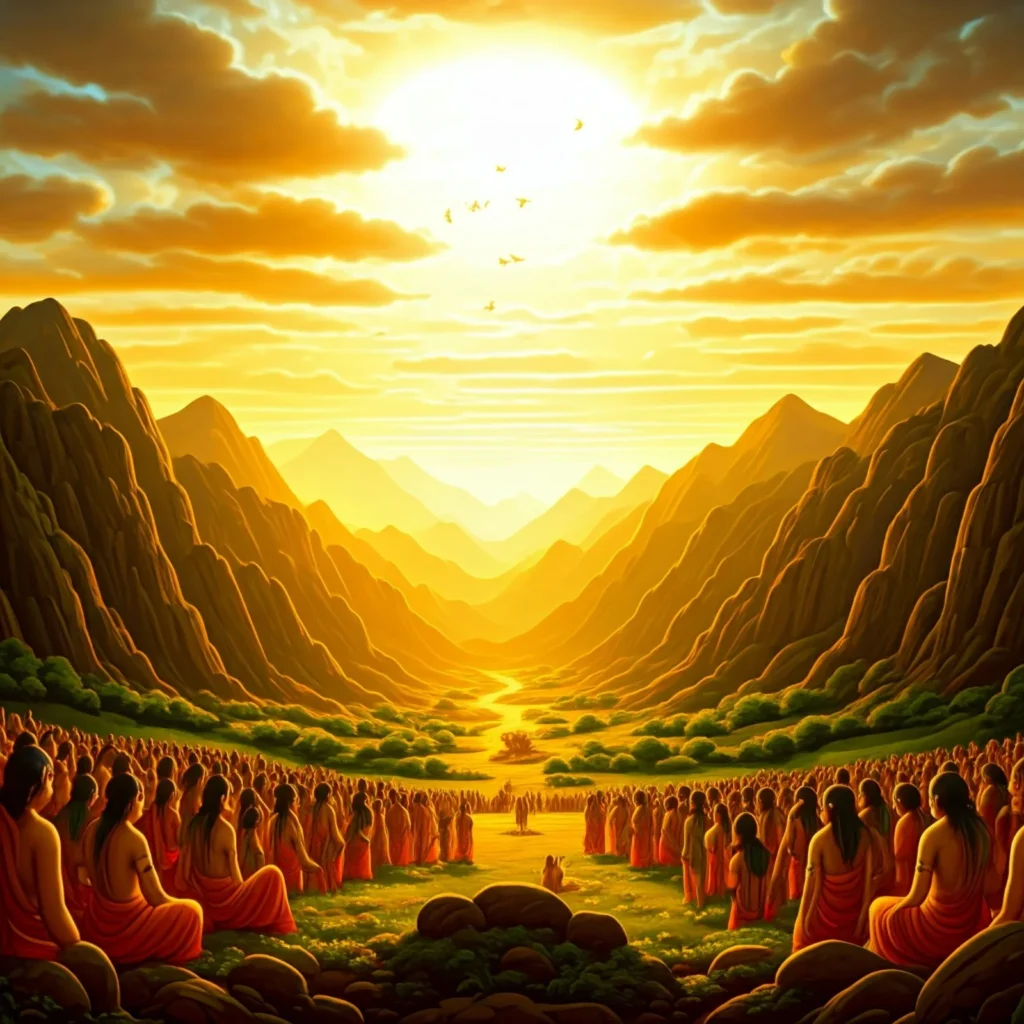
Satyuga: The Golden Age
Satyuga is the longest yuga of the mahayuga. This is considered to be the greatest yuga in terms of morality and spirituality. People were always engaged in meditation and spirituality in this yuga. There was peace everywhere and no wars, famines, poverty, or illness in this yuga. Human beings had extremely long lifespans, extending over lakhs of years. They were very healthy physically, mentally, and spiritually.
Lord Vishnu took the following avatars in this yuga to establish order and peace:
- Matsya (Fish)
- Kurma (Tortoise)
- Varaha (Boar-Man)
- Narasimha (Lion-Man)
All four pillars of dharma stood tall during this yuga. Humans in this yuga were primarily Satvik having no ego, lust, or greed (with a few exceptions). They all had very high moral values.
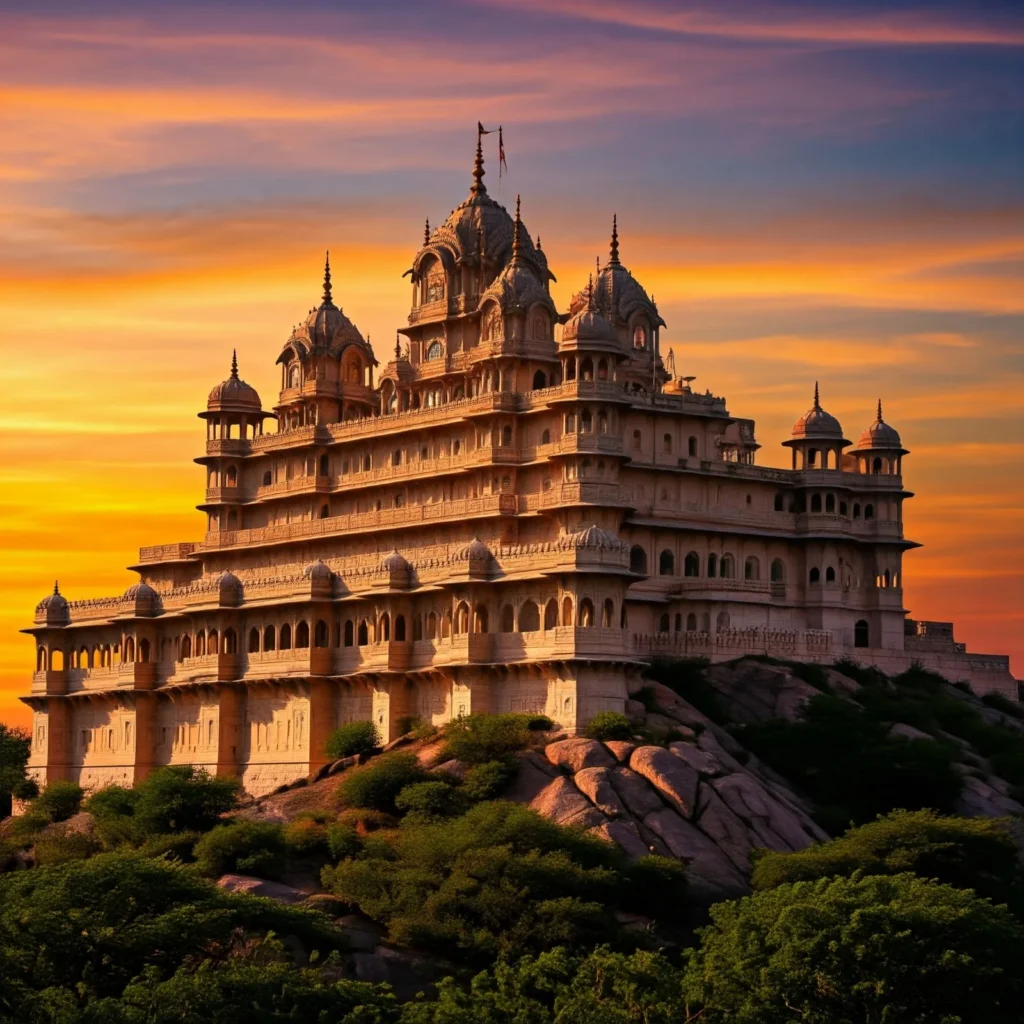
Tretayuga: The Bronze Age
Tretayuga is the second longest yuga of the mahayuga. One of the four pillars of dharma collapsed during this yuga, leaving dharma to stand on three pillars. Human lifespans decreased slightly, and the concept of warfare and medicine began to develop as conflicts and greed arose.
Lord Vishnu took the following avatars in this yuga to establish order and peace:
- Vamana (Dwarf)
- Parshurama
- Rama
Humans in this yuga were primarily Rajasic and had highly competitive natures. This yuga gave birth to the varna system of Hinduism which classifies all humans based on their occupations and mental qualities into Brahmins, Kshatriyas, Vaishyas, and Shudras. This yuga also saw a slow decline in many moral values, but people were still very honest and performed non-violent sacrifices and charities to please God.

Dwaparyuga: The Stone Age
Dwaparyuga is the third longest yuga of the mahayuga. Two of the four pillars of dharma have collapsed in this yuga. Humans had become very much weaker since Tretayuga. Disease, corruption, and immorality have become more prominent in the name of society and law. But there were still many honest people around.
Lord Vishnu took the following avatars in this yuga to establish order and peace:
- Lord Krishna
.Humans have become much more Rajasic with a mix of Tamas, and worship with the help of symbols, rituals, and violent sacrifices had become more popular as a form of worship. In this yuga, Lord Krishna imparted the immortal words of the Bhagavad Gita on the battlefield of Mahabharat, guiding Arjuna and the world on ethical and spiritual living.
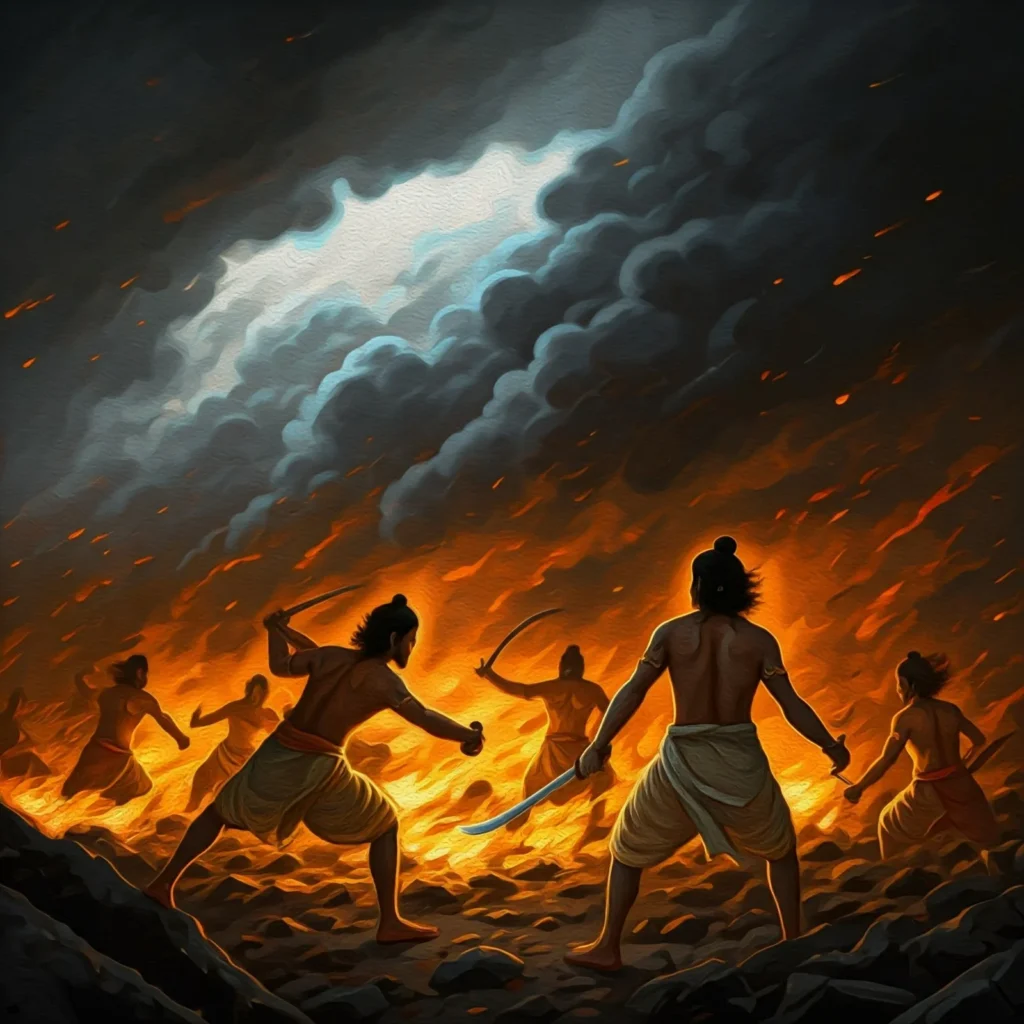
Kaliyuga: The Dark Age
Kaliyuga is the shortest yuga of the mahayuga. Three of the four pillars of dharma have collapsed in this yuga. Corruption, immorality, and violence are the highest in this yuga, and these bad qualities will only increase until they peak at the end of Kailyuga. In this yuga, the human lifespan has shortened significantly, and humans constantly face diseases and spiritual obstacles.
Most Hindus widely accept that Kaliyuga began from the moment Lord Krishna left Earth. Lord Krishna kept away the demon Kali, who is the most powerful in this yuga, with his presence.
Lord Vishnu took the following avatars in this yuga to establish order and peace:
- Lord Buddha
Kaliyuga will end when Lord Vishnu takes the avatar of Lord Kalki. He will engage in a fierce battle with the demon Kali and destroy the whole universe. Lord Brahma will then recreate the universe, and begin Satyuga once again.
The Origin of the Concept of Circular Time
In Hinduism, the common people are taught about the cyclic nature of time through the use of the yugas and various stories about avatars. Lord Ram also explained this concept of circular time to Lord Hanuman when he was leaving Earth. Lord Krishna also explained this to Arjuna when he narrated the Bhagavad Gita. The cyclic nature of time is part of a bigger picture of the Lila (divine play) of God. In which He creates, sustains, and destroys the universe for joy and bliss.
A mahayuga is a small part of a very huge timeline calculated by ancient rishis of Hinduism. They also said that this cycle of mahayugas has been occurring since long ago. The current age of the universe as calculated in the Puranas is 13.82 billion years. Modern-day scientists predict the universe to be 13.801 billion years old. The idea that time is linear has only risen in recent years. But scientists are slowly disproving it.
Conclusion: Circular Time
In the end, time is a very vast and mysterious phenomenon that is beyond the understanding of the human mind. Only those who are highly accomplished and spiritual can truly understand the nature of time. Such is the concept of circular time in Hinduism.
More Works of Ananya Akruwala:
- Discover the Magic of Navragraha
